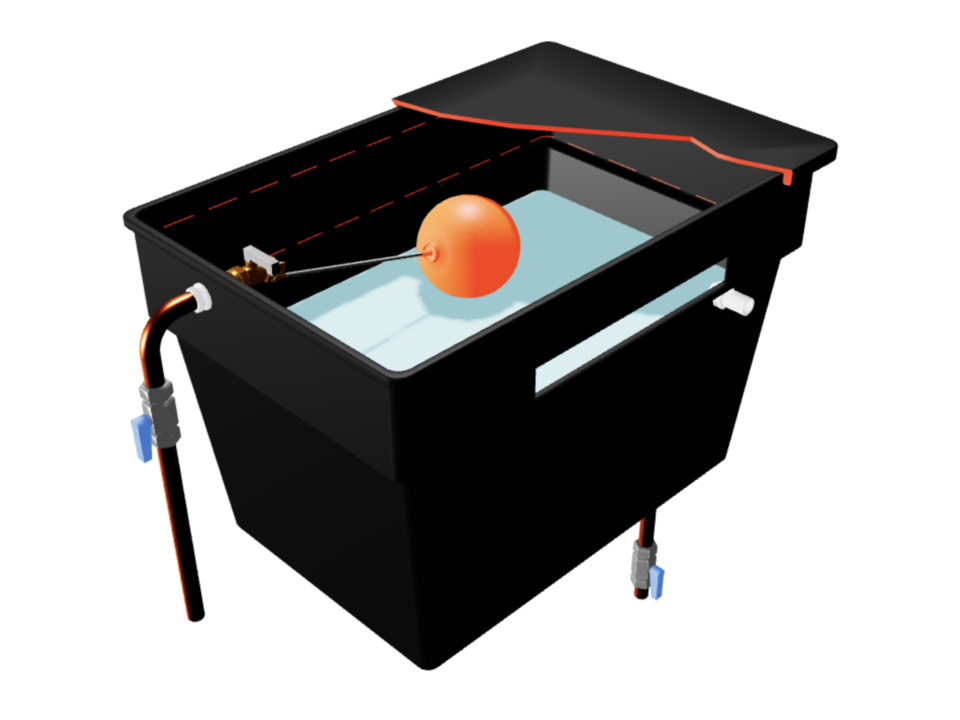Backflow Protection: FAQs
What is a Type AB air gap?
A Type AB air gap is a non-mechanical backflow prevention arrangement comprising of an inlet, receiving vessel and unrestricted weir overflow (rectangular or non-circular). To be considered as providing fluid category 5 backflow protection there must be an air gap of no less than 20 mm or twice the diameter of the supply whichever is the greatest, between the lowest point water discharges from the inlet and what is called the critical water level (also referred to as 'h'). The critical water level being the level reached in any part of the receiving vessel, including above the spill over level from the overflow, two seconds after the maximum water flow has ceased.
Please note:
If the supply pipe feeding the inlet or the inlet itself comes into contact with the contents of the receiving vessel, for example due to splashing or foaming, then the air gap is considered to be compromised and must be increased.
During fault conditions the water pathway to the overflow and discharge from the overflow itself must not be restricted. For example, there should be a sufficient gap between the overflow and any surface to accommodate full discharge unimpeded.

Feedback
To improve this information please give us your feedback >
Disclaimer
Uncontrolled if downloaded. This is informative, non-statutory guidance and intended for general guidance purposes only; it is subject to change.
Compliance with this information should not be relied upon as guaranteeing no enforcement action will be taken by water undertakers. Water Regs UK accepts no liability for loss, indirect or consequential loss arising from or in connection with this guidance document.
